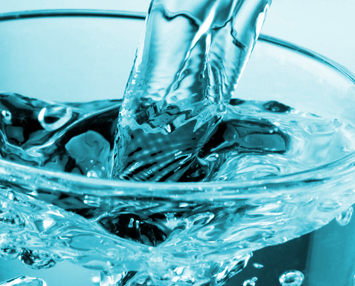California creates new stream
 Changes in the US are set to enable new uses for recycled water.
Changes in the US are set to enable new uses for recycled water.
California has introduced regulations permitting 'direct potable reuse' (DPR) of water - infusing purified recycling water directly into drinking water supplies without the intermediary step of being stored in environmental buffers such as aquifers or reservoirs.
This new approach, aimed at bolstering drought resilience for the state’s 39 million residents, could offer valuable insights for Australian water regulators grappling with similar challenges.
The regulatory milestone, achieved at the close of last year, allows for the integration of purified recycled water either before or after traditional water treatment processes.
Other US states including Colorado and Texas are already operating DPR schemes, while internationally, cities like Windhoek in Namibia and Beaufort West have demonstrated the viability and safety of DPR too.
The passage of the regulations was pushed by water industry groups including the WateReuse Association.
California has extensive experience with indirect potable reuse (IPR), where purified recycled water is reintegrated into the water supply after spending time in an environmental buffer. It has been running an IPR system in Montebello Forebay since 1962, and currently has nearly 40 projects are either operational or in development.
The DPR initiative is part of a broader strategy to secure a sustainable water future for California, such as the Pure Water Southern California scheme, which aims to supply water to 19 million people through a mix of IPR and DPR.
Australian authorities are likely to be watching California's steps towards sustainable water management, and their potential to serve as a model for the Australian context.
More information is available at the California State Water Board's website.







 Print
Print